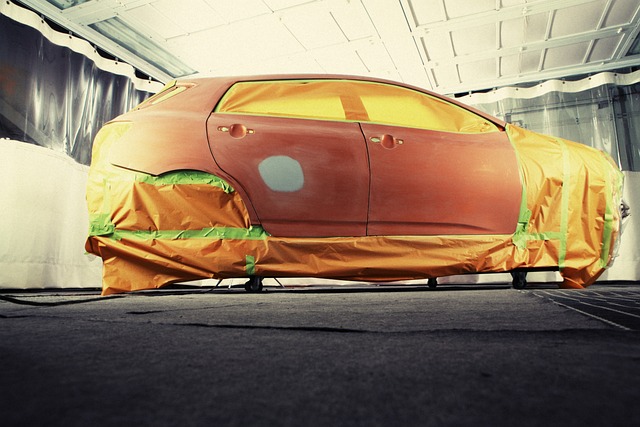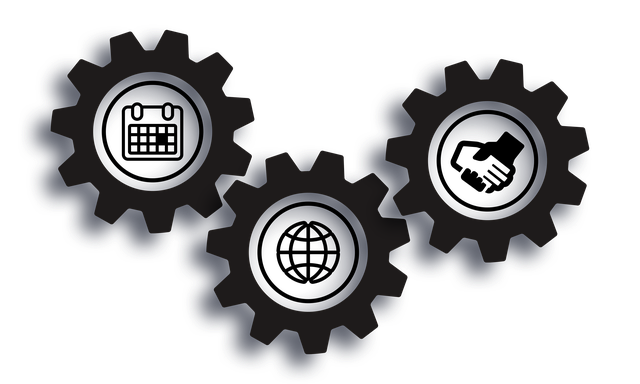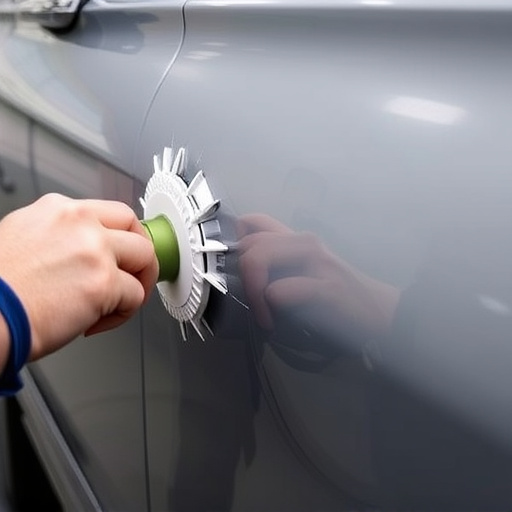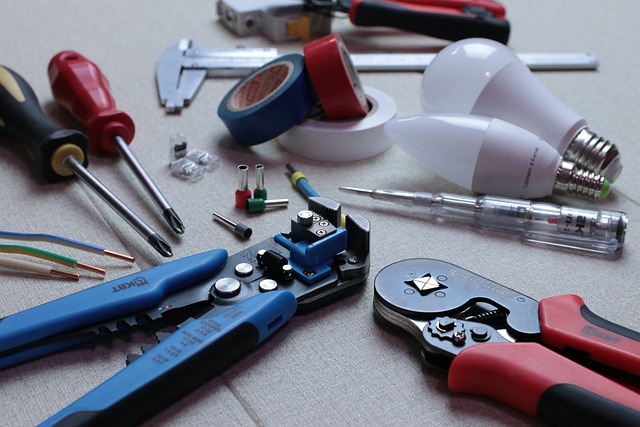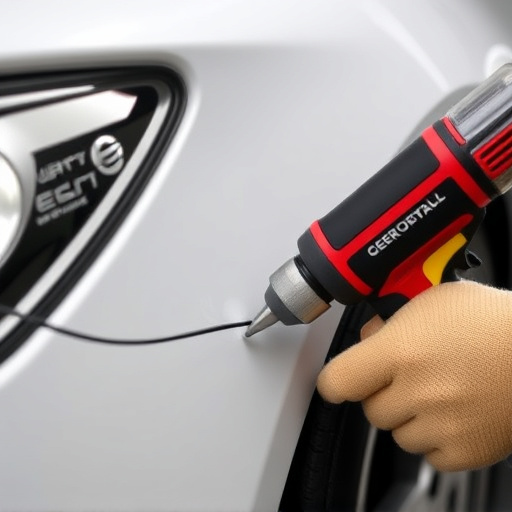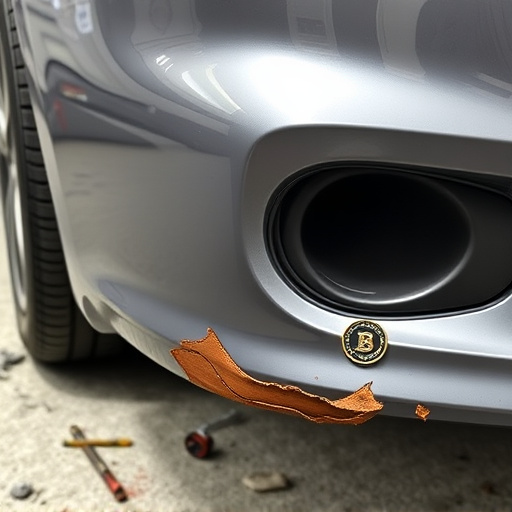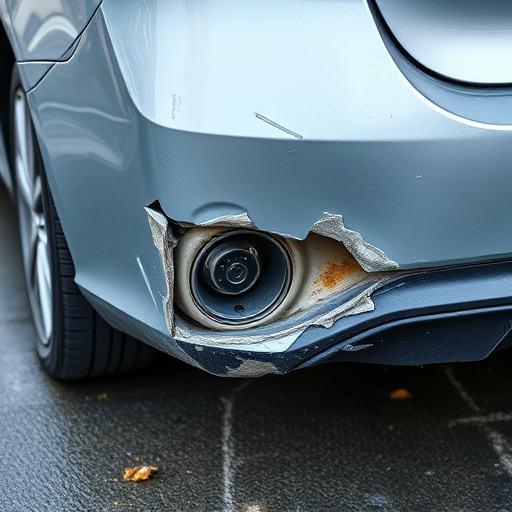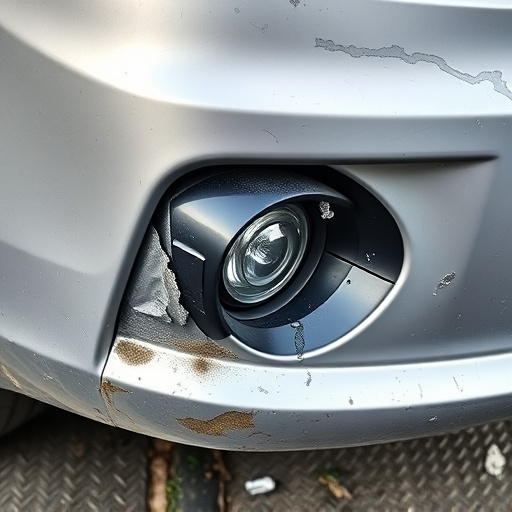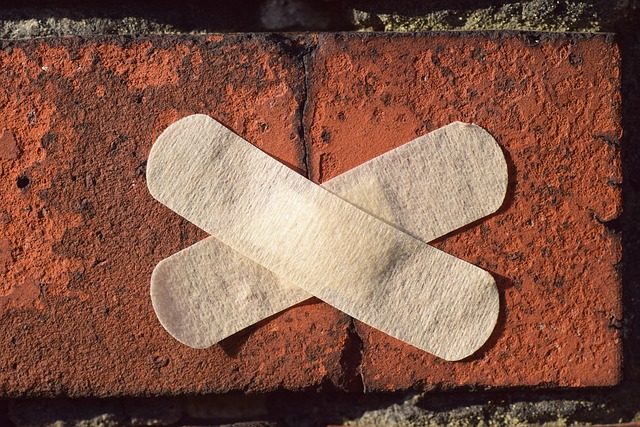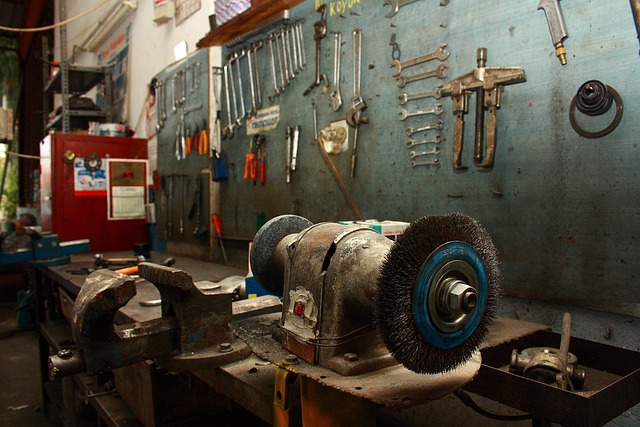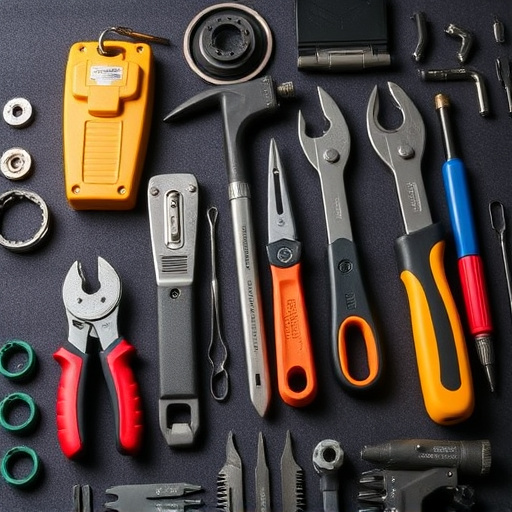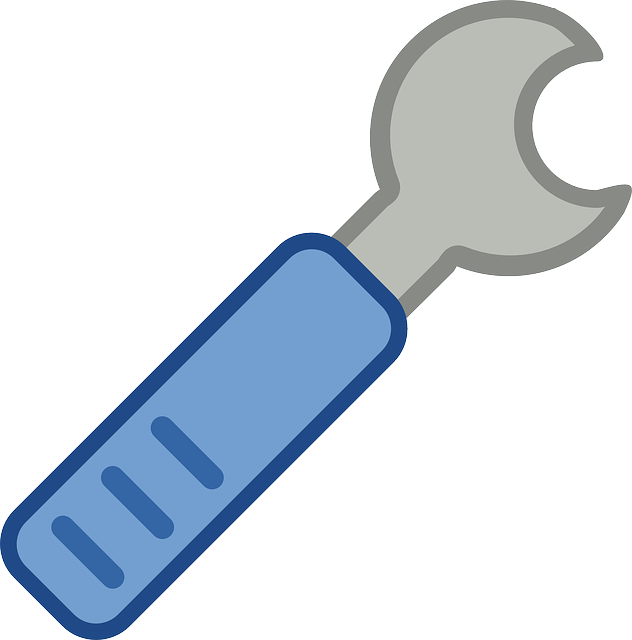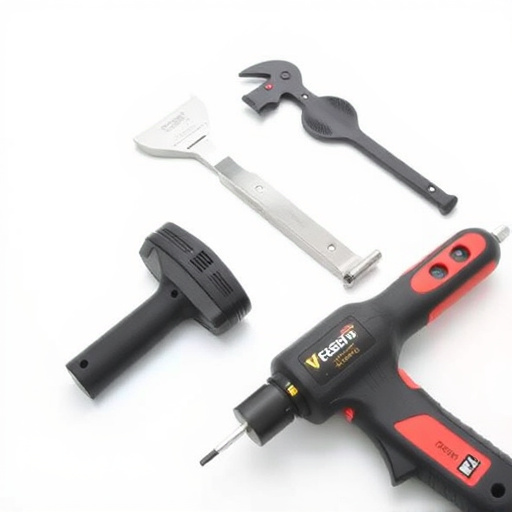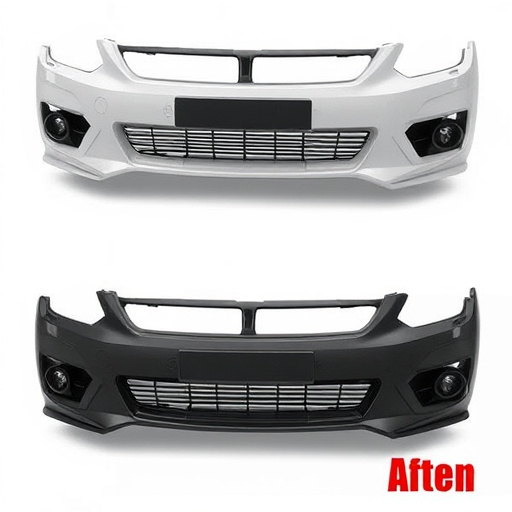Active Aero components are key to modern car design, especially in vehicles like the Tesla Model S, contributing to fuel efficiency, reduced drag and improved handling. Failure of these components necessitates specialized Tesla Model S front end repair to preserve aerodynamic integrity and prevent future issues. Regular maintenance is crucial to mitigate problems that can lead to drag, reduced efficiency, aesthetic damage, and safety concerns. Repairing the Tesla Model S front end requires meticulous inspection, diagnostic testing, precision alignment, and high-quality parts for optimal performance, enhanced aerodynamics, and restored aesthetics. Seek expert guidance from reputable auto collision repair shops or Tesla service centers.
Looking to fix your Tesla Model S’s problematic front end? This guide delves into the intricacies of active aero components, essential for optimal performance and sleek design. We explore common issues like drag increase and reduced range due to faulty components. Additionally, we provide a step-by-step repair process, offering clear instructions for efficient and effective Tesla Model S front end repair, ensuring your vehicle returns to its high-performing, aerodynamic state.
- Understanding Active Aero Components and Their Role in Tesla Model S Front End Performance
- Common Issues and Problems with Tesla Model S Front End Active Aero Components
- Step-by-Step Guide to Effective and Efficient Tesla Model S Front End Repair for Active Aero Component Concerns
Understanding Active Aero Components and Their Role in Tesla Model S Front End Performance
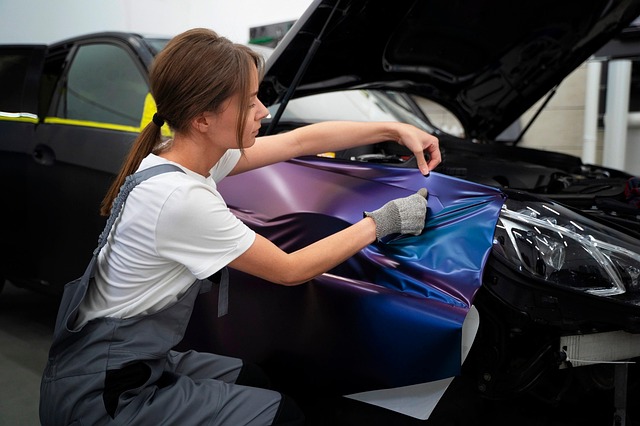
Active Aero components are a critical aspect of modern car design, particularly in vehicles like the Tesla Model S, which emphasizes aerodynamics and performance. These components, strategically placed at the front end, serve multiple functions beyond aesthetic appeal. In the case of the Tesla Model S, they play a pivotal role in enhancing fuel efficiency, reducing drag, and improving overall driving dynamics. By actively adjusting their position based on driving conditions, these aero parts contribute to a smoother ride, better handling, and optimized performance.
When issues arise with the active aero components of a Tesla Model S, it necessitates careful attention from auto body repair specialists. A front end repair for such vehicles involves not just replacing faulty parts but also understanding their intricate relationship with the car’s overall performance and stability. Proper auto bodywork techniques are essential to ensure that the repairs not only resolve the immediate problem but also preserve the vehicle’s aerodynamic integrity, thereby preventing future issues and maintaining its sleek, efficient design.
Common Issues and Problems with Tesla Model S Front End Active Aero Components

The Tesla Model S is renowned for its sleek design and innovative features, but like any high-tech vehicle, it’s not immune to issues with its front end active aero components. Common problems include malfunctioning spoilers that fail to retract properly, leading to drag and reduced fuel efficiency. Additionally, the front grille and air dams can become damaged from road debris or minor collisions, affecting airflow management and potentially impacting vehicle performance. Another issue is loose or misaligned components, which not only affect aesthetics but can also cause noise while driving at higher speeds.
Regular maintenance and prompt repair of these components are crucial for ensuring optimal vehicle performance and safety. An experienced auto body shop specializing in Tesla Model S front end repair can address these problems using advanced tools and techniques. They offer vehicle repair services that include meticulous inspection, precise adjustments, and replacements when necessary, guaranteeing a restored aesthetic and improved aerodynamic efficiency.
Step-by-Step Guide to Effective and Efficient Tesla Model S Front End Repair for Active Aero Component Concerns

When addressing Tesla Model S front end repair for active aero component issues, a systematic approach is key to achieving optimal results. Start by inspecting the vehicle thoroughly for any signs of damage or misalignment, focusing on the front bumper, grille, and surrounding panels. Utilise high-quality diagnostic tools to identify the root cause of the problem, whether it’s a faulty sensor, damaged components, or misaligned parts.
Next, gather all necessary replacement parts, including any upgraded aero components designed to enhance performance. With safety as a top priority, ensure your workspace is equipped with proper safety gear and that all procedures are followed strictly. Proceed with the repair step-by-step: begin by removing damaged panels, replacing any faulty sensors or components, and meticulously aligning the front end to factory specifications. Once complete, test the vehicle’s active aero systems to verify their functionality and effectiveness, ensuring a seamless drive and enhanced performance for your Tesla Model S. Consider seeking assistance from reputable auto collision repair shops or dedicated Tesla service centers for expert guidance throughout the process, complementing your auto detailing efforts with top-notch repairs.
The effective repair of Tesla Model S front end components, particularly active aero parts, is crucial for maintaining optimal vehicle performance and aesthetics. By understanding the role of these components and addressing common issues promptly, owners can ensure their Model S continues to deliver both impressive speed and sleek design. Following a structured approach, as outlined in this guide, allows for efficient Tesla Model S front end repair, ensuring your vehicle returns to its top form.
